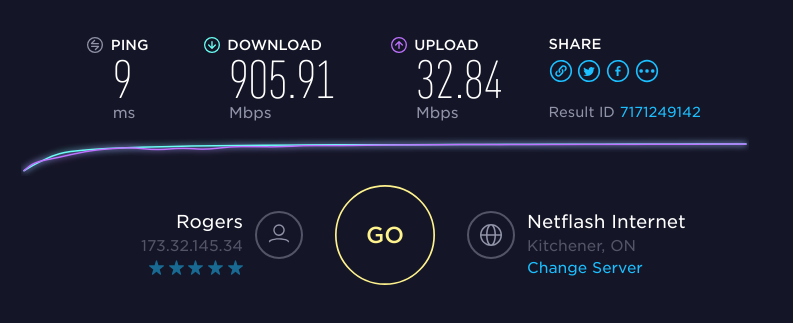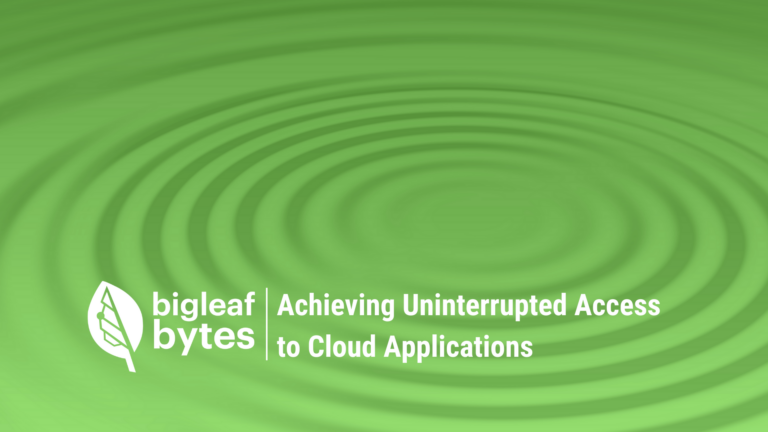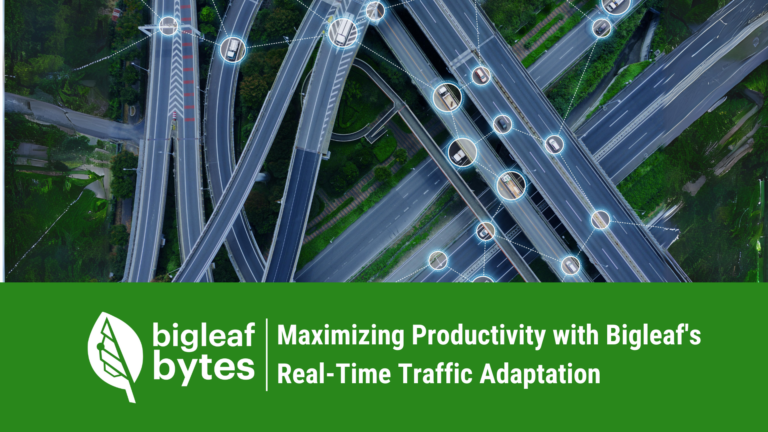If you’ve experienced choppy Zoom or Teams calls in your home office, you’re not alone. According to a recent report by Waveform, an estimated 13.2 million of those who work from home are experiencing Internet connectivity issues daily.
You may be asking, “But I have a 100 Mbps connection. Isn’t that enough to run Zoom reliably?” Well, that question may not be as straightforward as you think.
If you have a cable or DSL internet line to your house, you probably have less upload speed than download speed. You may have bought a connection with 100 megabits per second (Mbps) of download capacity but only 15-20 Mbps of upload capacity. That means you could have plenty of download speed, but not nearly enough upload speed to handle all of the traffic in your home.

Unfortunately, ISPs don’t always do the best job explaining the difference between your upload and download speeds, leading some to believe that they have a lot more internet capacity than they do. So, in this post, we’re going to dig into the realities of upload speed vs. download speed, how to determine what your upload and download speeds really are, and what you can do to keep limited upload capacity from ruining your calls.
What is internet speed?
Internet connections are usually referred to by their “speed,” or how much data your internet connection can transfer per second. Speed is measured in megabits per second (Mbps.)
When you signed up for the internet connection at your home or business, you probably signed up for a specific speed package like 100 Mbps. So, that means that your connection can send up to 100 megabits of data each second, right? Well, kind of.
Download speed vs. upload speed
Data goes in two directions — download and upload. Many internet connections have a lot more download speed than upload speed like the example speed package we mentioned above with 100 Mbps of download speed and 15-20 Mbps of upload speed.

Your download speed refers to how long it takes to download data from a server. Streaming movies, downloading files, or reading emails are all activities that rely (almost) entirely on downloading data.
Upload speed is the same concept, but for data that you’re sending to a server. Uploading a file to a website, sending email, and posting a photo to Facebook all involve uploading data.
If you’re on a video conference, using a SaaS application, or playing an online game, you’re relying on both download AND upload speeds. These kinds of applications need to be able to both receive and send data in real time to avoid choppiness or lagging. That means a maximum upload speed of only 10-15 Mbps could be very problematic, especially if you have a Zoom call, a FaceTime call, and a file upload all happening at the same time.
How can I determine my real upload and download speeds? Fortunately, there are several free tools that can show you in a few seconds what your home internet speeds are. For example, speedtest.net is a tool that runs in your web browser. With one click, you’ll get a simple readout showing your upload and download speeds in Mbps.

These browser-based tests do have limitations, however. First, the test relies on flooding your connection to see how much traffic can go through. This can impact other traffic and limits it to a point-in-time measurement. Also, because the test is run from your browser, the results can be impacted by your WiFi performance. To get a better idea of your true speed, it’s a good idea to run the test in multiple places in your home to get a better reading.
Ultimately, the most reliable speed test can be done from an edge solution like Bigleaf that can connect in both directions to and from a dedicated backbone network.
What can I do to prevent upload restrictions from impacting my calls?
If you have determined that your upload speed is the cause of your poor video conference or call performance, you have a few options.
The quickest solution is to simply reduce the amount of upload traffic on your network. This may solve the problem in the short term, but may not be sustainable if you have multiple people in the home who need to be on calls, joining online classes, or using SaaS apps at the same time.
You can also upgrade your internet connection, giving you more upload speed. This is a straightforward solution. However, it will only solve the problem as long as your upload traffic stays below the new speed threshold. Anyone who works on highways will tell you that, if you add another lane to the road, the usage will eventually increase to meet the capacity.

If you rely on communications tools like Zoom and MS Teams throughout the day, we recommend using a tool that can prioritize that traffic. These tools, like Bigleaf Home Office, can identify business and communications traffic and ensure that it’s first-in-first-out. So, if you do hit your upload speed limit, file downloads may be slowed but your calls and video conferences will run smoothly in both directions.







